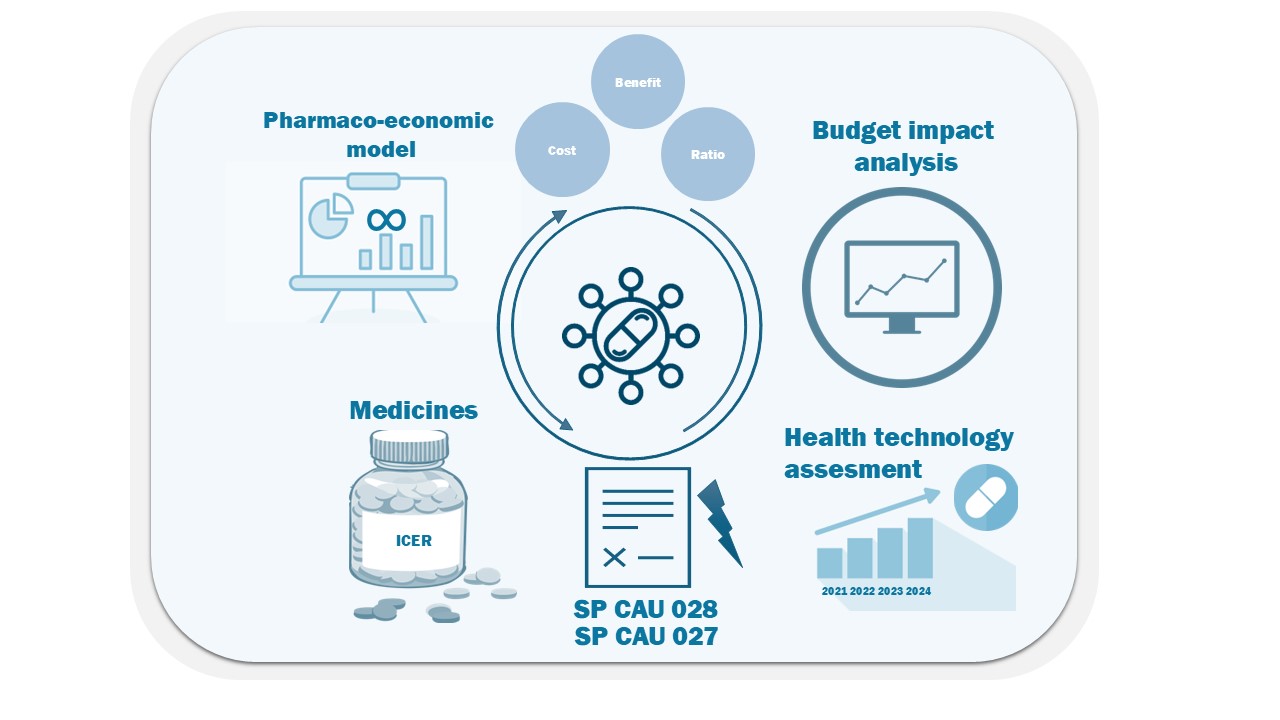Cost-Effectiveness Assessment of Pharmaceuticals: Key Questions
Cost-Effectiveness Assessment of Pharmaceuticals: Key Questions
Cost-effectiveness assessment is a crucial element of the administrative process for determining drug reimbursement, not only in the Czech Republic. A well-prepared cost-effectiveness analysis, including budget impact assessment, not only supports the applicant's arguments but also minimizes requests for additional documentation from the State Institute for Drug Control (SÚKL/Institute) via cooperation requests, which have become standard practice.
This article presents a selection of key questions that applicants seeking drug reimbursement (where cost-effectiveness assessment is required) should be able to answer within their submitted evaluation.

1. Selection of an Appropriate Comparator
- Which comparator should be chosen?
2. Description of Clinical Benefit (and Safety) of Treatment
- Is direct comparison available, or only indirect comparison?
- How should a network meta-analysis be conducted in the absence of direct comparisons?
- Are the supporting data sufficiently robust?
3. Choice of Pharmacoeconomic Model
- What type of model should be used?
- What perspective should the analysis take?
- What should be the time horizon, and how should one proceed if efficacy study data do not cover this horizon?
- What is the required discount rate for costs and benefits?
4. Selection of Cost Input Sources
- What data should be used if the treated population in the study does not match clinical practice in the Czech Republic?
- What types of costs should be included (direct/indirect)?
5. Key Evaluation of Cost-Effectiveness Analysis Outputs
- What is the acceptable incremental cost-effectiveness ratio (ICER)?
- What alternative scenarios should be presented?
6. Comprehensive Budget Impact Analysis (BIA)
- What is the correct size of the target population?
- Based on which data should the market penetration of the drug be estimated?
- What time horizon should the BIA cover?
Following the latest opinion from the Ministry of Health of the Czech Republic (which we previously reported on here www), BIA must now consider out-of-pocket co-payments for partially reimbursed drugs and medical foods, which would be incurred by health insurance funds when annual out-of-pocket limits are exceeded.
7. Reviewability of Input Data
- Are the submitted data traceable and input parameters well-supported?
- Is the outcome of the pharmacoeconomic model assessment verifiable?
Conclusion
Thorough preparation of supporting materials is essential to streamline the SÚKL assessment process and increase the likelihood of a positive outcome in the administrative proceedings. However, it is also important to recognize that even highly precise documentation does not automatically lead to a favourable decision, which is sometimes reflected in regulatory practice, about which we regularly inform you on our website and in our newsletter.

